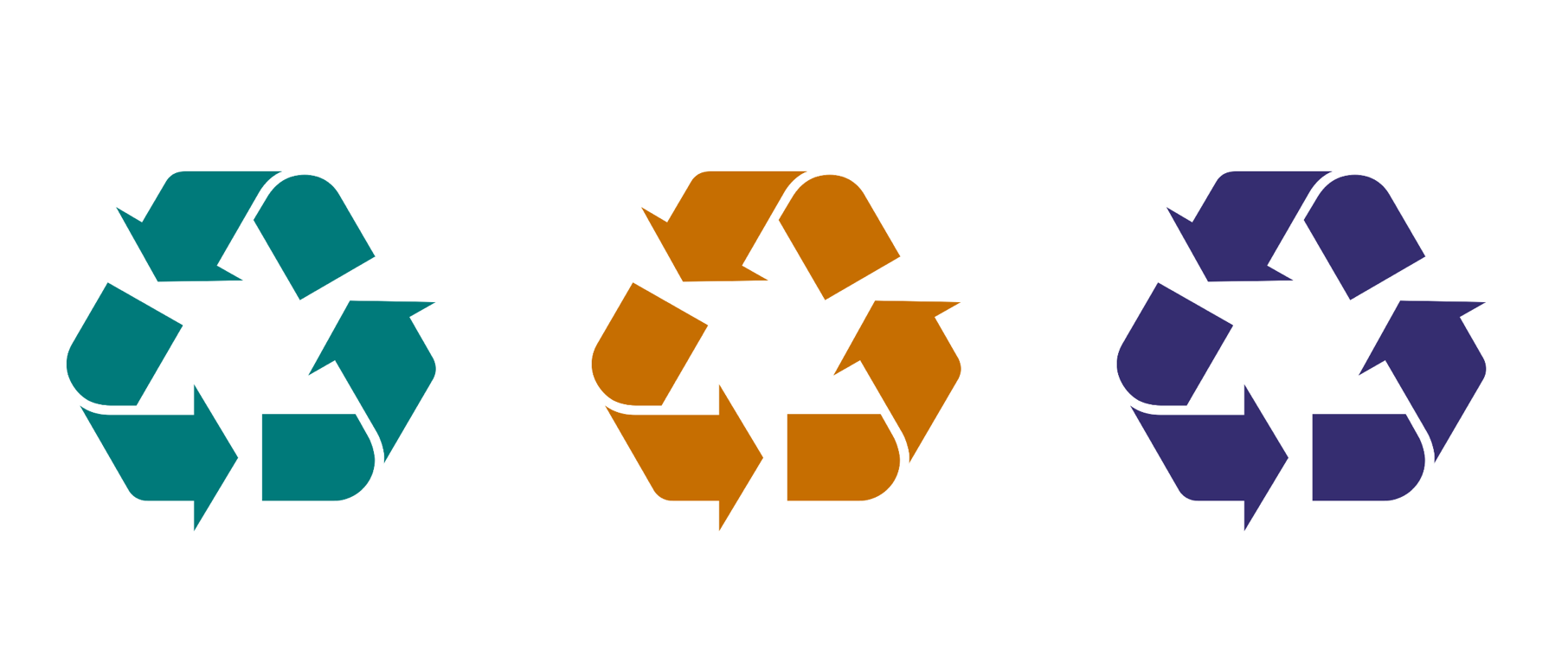86 results found
Power Africa employs a transaction-centered approach to directly address the constraints to project development and investment in sub-Saharan Africa's energy sector. The model is part of President Obama's new approach to development, which builds local capacity and supports innovative ways to make traditional assistance programs more effective and sustainable.
Cost SAR 50 Million The project is fully funded by the government
Taiyuan, like most northern cities in China, faces a serious shortage of clean heating and heat sources. Under the double pressure of environmental protection and people's livelihood, the Taiyuan government has adopted a low-cost, low energy consumption, environmental protection, which takes into account environment, peoples? livelihood and safety such as the Gujiao power plant, a long-distance transmission heat supply project using waste disposal heat.
As issues such as energy security, environmental protection and climate change become increasingly prominent, accelerating the development of new energy has become the general consensus and concerted action of the international community in order to promote energy generation transformation and address climate change.
Parties involved (public and private): The investment and construction of the project follows a "1 + 1 + X" model for investment and construction: 1 is the power company, 1 is the local government platform company, X is the social capital, which together forms the formation of multi-party joint platform company
Since the large-scale construction project was started in 1979, the Beijing Natural Gas Utilization System Project’s total investment has exceeded 30 billion RMB
Construct and operate 9 sections of expressway.
The project covers four towns around the county, benefiting 13,300 households and 126,300 people.After the implementation of the project, the average annual water saving is 21.58 million m3, and the water saving rate is 48.6%.
The project includes three subprojects: transfer solid waste to electricity, transfer food leftovers to biogas, transfer food leftovers to biodiesel.
Erhai Lake, whose basin area is 2,565 square kilometers with 117 rivers flowing into the lake, is the main drinking water source of the City of Dali, covering 16 villages and towns of Dali with a population of 833,000 people.
Renewable energy is being used in multiple forms these days. Construction companies, especially those involved in large projects, also have an impact on the environment.
Smart Airports are airports that rely on the use of connected technologies such as Internet of Things (IoT) devices, GPS and sensors to perform planning and operations tasks digitally and support operational staff, optimising passenger flows and the activities of the airport staff across the airport
3D Infrastructure Models are built to digitally visualise design information (technical drawings, plans, elevations, etc
Autonomous Vehicles (AVs) or Driverless Vehicles are a new vehicle mode which can sense their environment and operate safely without human input or control
Waste is treated very differently around the world
Autonomous Shipping Ports can utilize some, or all, of the following five main components to deliver more efficient, productive and safe port operations: Automated equipment - Automated equipment can include automated robots, vehicles and cranes (see also the Automated Robot Cranes Use Case) that automate processes including ship to shore, yard operations, ground transportation, maintenance and gate automation without direct human involvement
Leveraging asset level data sets with climate models can quantify the climate change risks to water infrastructure, assess adaptation options, and provide economic modelling for smarter investment decisions
A Smart Motorway is a section of a motorway that uses traffic management methods, involving information, communications and control systems incorporated in to and alongside the road, to improve road safety, increase capacity and reduce congestion in particularly busy areas
A Virtual Power Plant (VPP) is a cloud-based system that integrates several types of Distributed Energy Resources (DER) such as wind farms, solar parks, and combined heat and power units, as well as flexible power consumers and storage systems












